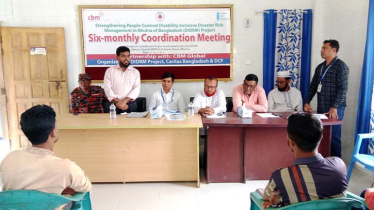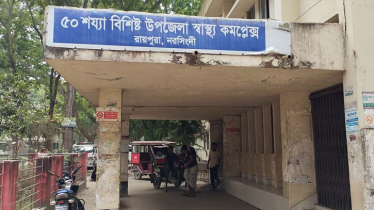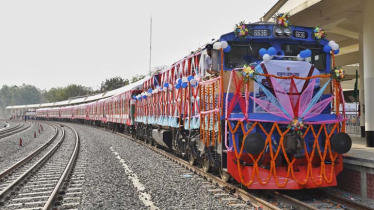
Photo : Collected
The onion production target in Nilphamari char areas has increased compared to previous years, leading to significant profits for farmers due to a surge in market prices.
Despite the annual onion crisis in Bangladesh, the grassland farmers are making significant contributions to meeting domestic demand.
Fodder-cultivated onion calli (Fulka-onion flower data) from the region are being exported to India through Indian farmers. The District Agriculture Extension Directorate set a target of cultivating onions on 950 hectares of land, with 170 hectares for tuber onions, 442 hectares for seedling onions, and 182 hectares for seeded onions.
In Dimla upazila's Teesta Char, farmers are actively engaged in onion harvesting and preparation for winter sales at higher prices. Horse-drawn carriages, still prevalent in this region, play a crucial role in transporting onions to the market before noon.
The lack of direct connections between farmers' fields and cities poses challenges. After drying the onions, sacks are filled, and the only available transportation options are horse-drawn carriages and autovans, which incur additional fees.
Farmers are somewhat held hostage by middlemen, impacting both their income and the prices faced by buyers.
Despite widespread cultivation in Nilphamari's Dimla Teesta, the efforts of local farmers often fall short. The market prices of onions (Tk 2400-2800) sharply contrast with the retail prices (Tk 100-110 per kg), leaving both farmers and buyers feeling exploited. Brokers, known as Fariya, reap substantial profits, exacerbating the disparity between the two.
Seasonal vegetable markets have become inaccessible for lower and middle-class individuals in rural areas, where daily incomes range from 300-400 rupees. Prices for essential items like new potatoes, onions, beans, and cauliflower have skyrocketed, leading to daily expenditures of Tk 300-380. The true reasons behind these market rates, whether they reflect actual production costs or the influence of illegal syndicates, remain unclear.
Farmers like Ruhul Amin and Tarazul Islam express the challenges of the market structure. Limited market days and the absence of wholesalers willing to pick up produce daily hinder their ability to obtain better prices for their bumper crops.
Deputy Director of Nilphamari District Agricultural Extension Department, S. M. Abu Bakar Saiful Islam, highlights the district's target of 950 hectares for onion cultivation and emphasizes ongoing efforts by agriculture officials to support farmers with advice and assistance.
Overall, despite challenges in transportation, market access, and fair pricing, farmers remain hopeful about the potential for increased profits, supported by the ongoing efforts of agricultural authorities to provide essential assistance and advice.
Messenger/Fardin








